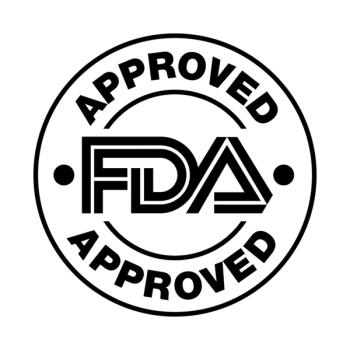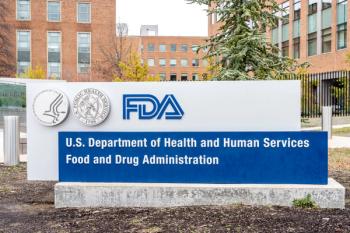
AI Becomes Pharma’s New Operating System: Q&A with causaLens’ CEO and Co-Founder Darko Matovski
Key Takeaways
- AI is evolving from basic automation to adaptive systems, automating entire workflows and enhancing operational efficiency in pharmaceuticals.
- Transparency and explainability are critical, with systems ensuring auditability and real-time oversight, transforming AI from a "black box" to a "glass box."
AI transforms pharmaceutical operations by automating workflows, ensuring transparency, and enhancing compliance, driving efficiency and innovation in healthcare.
No longer confined to isolated use cases, many pharma companies are experimenting with AI to manage workflows, ensure compliance, and accelerate innovation across the entire value chain. In a conversation with Pharmaceutical Executive, CausaLens CEO Darko Matovski, discusses how AI, particularly through the rise of digital workers and multi-agentic systems, redefines pharma operations.
Pharmaceutical Executive: How is AI redefining the way pharma companies approach their operational processes?
Darko Matovski AI is moving from being a simple copilot to becoming the operational baseline of pharma enterprises. With Digital Workers, or multi-agentic systems, companies can automate entire workflows end to end, replacing manual teams and scaling outputs without adding headcount. This means that entire processes like medical writing, clinical operations management, medical information handling, and quality assurance checks can all now be streamlined with Digital Workers.
Previously, most pharma companies relied on basic automation tools like RPA (Robotic Process Automation) and duct taping together multiple point-SaaS platforms. Now, they’re shifting toward a far more adaptive form of automation––systems that don’t just follow rules but understand context and make decisions dynamically across complex workflows. This means that they are fit to handle the dynamic data and changing protocols that tend to arise in pharmaceuticals.
PE: Many pharmaceutical leaders express frustration with “black box” AI systems. How does CausaLens’ approach address the demand for transparency and explainability in critical healthcare decisions?
Matovski: Pharma leaders are smart to worry about "black box" AI. When systems come up with answers without showing their work or revealing what data they used, that's a problem. You can't validate what you can't see, regulators can't audit it, trust disappears very quickly, and time-to-market is lengthened. If AI is going to work in pharmaceuticals, it needs to be both transparent and traceable.
Our Digital Workers operate within a governed system of work that tracks every action line by line, allowing full auditability and real-time oversight. Before any output is finalized, independent “Judge Agents” rigorously evaluate it for accuracy and compliance, ensuring every decision is transparent and explainable, a glass box not a black box. And with built-in online learning, our Digital Workers continuously learn from mistakes and self-correct over time, reducing long-term risk and driving ever-greater reliability.
PE: How can AI turn compliance and regulation from bottlenecks into enablers of faster, more transparent collaboration?
Matovski: AI can turn compliance from a reactive checkbox into something that's built right into the workflow, making governance proactive instead of something you deal with after the workflow is complete. Digital Workers operate within regulated systems, like Veeva, Oracle, and Argus, automatically validating evidence and are completely observable. This means compliance isn’t a separate process at the end of a project, but a continuous layer of assurance that accelerates approvals and reduces rework.
PE: Looking ahead, what ethical or regulatory challenges do you foresee as AI becomes embedded in high-stakes processes like patient stratification and treatment personalization?
Matovski: As AI becomes more deeply embedded in high-stakes areas like patient stratification and treatment personalization, we think we’ll see some important ethical and regulatory challenges come to the forefront, especially around transparency and data protection. When AI starts influencing medical decisions, it’s absolutely paramount that we can explain how it works and ensure those outputs are safe and compliant.
Another key challenge will be balancing innovation with oversight. Regulators are still catching up to the speed of AI development, and that can create uncertainty for organizations deploying these systems in clinical settings. Questions around data bias, model interpretability, and the appropriate level of human oversight are becoming increasingly complex and will require ongoing collaboration between technologists and regulators to get right.
That’s something we’re addressing proactively. Every Digital Worker we build has governance and traceability integrated from the start, and operates within frameworks like SOC 2, ISO 27001, and HIPAA, so sensitive patient data is always protected.
We also make sure our systems are trained and validated against the standards that guide life sciences operations, from MLR review guidelines and pharmacovigilance requirements to data integrity, privacy regulations, and clinical SOPs.
Newsletter
Lead with insight with the Pharmaceutical Executive newsletter, featuring strategic analysis, leadership trends, and market intelligence for biopharma decision-makers.





